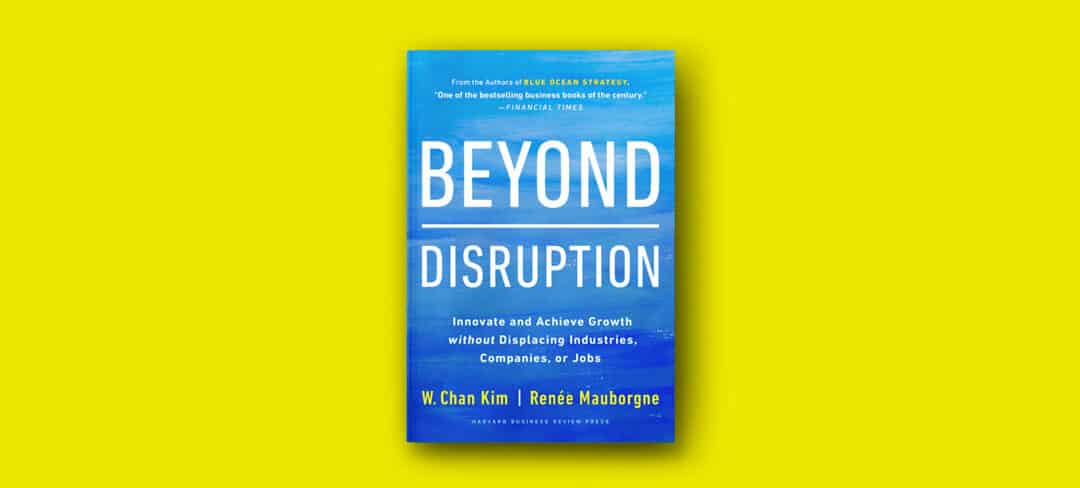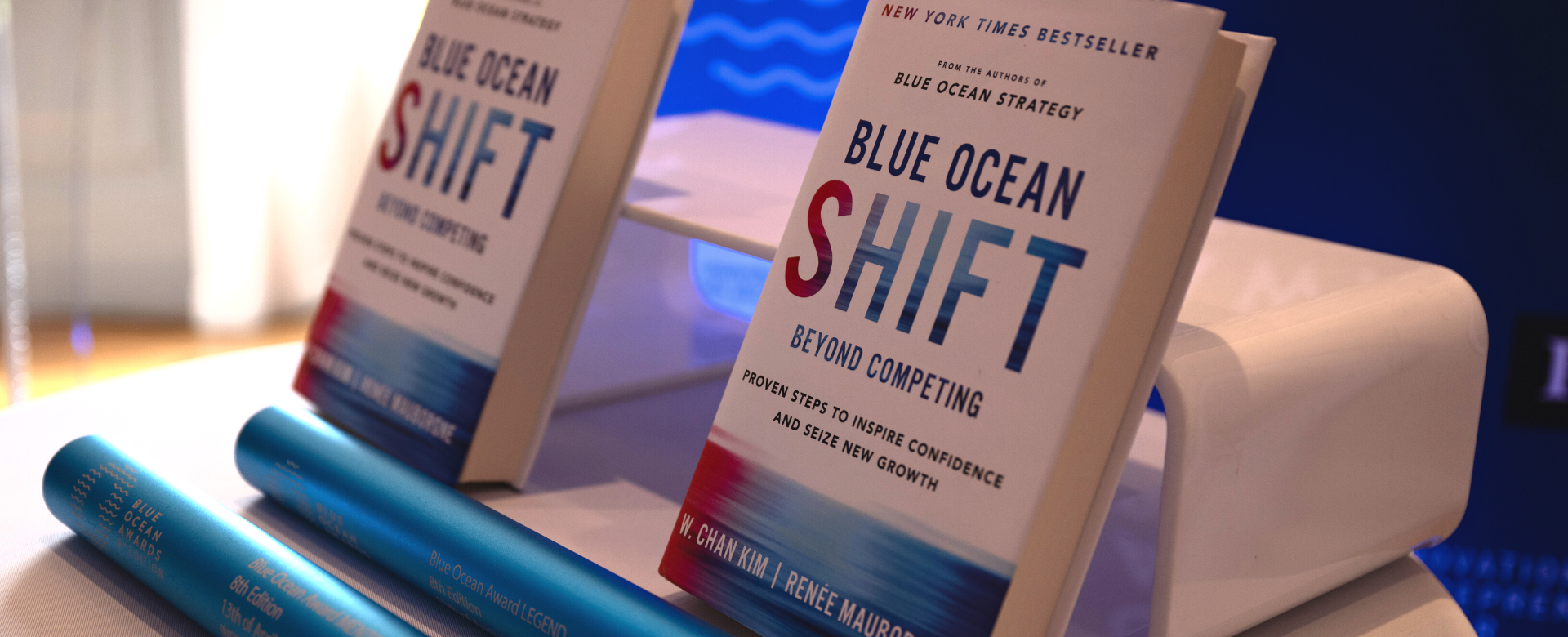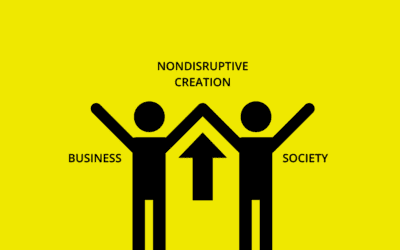In 2017, Wired magazine described Estonia as ‘the most advanced digital society in the world’. But how did the former Soviet Republic on the edge of the Baltic Sea achieve such an accolade? It created a blue ocean of high differentiation and low cost through its e-Estonia strategy.
E-Estonia: e-government strategy to push the country forward
Estonia is a small European country neighboring Russia, with a population of just 1.3 million people. After World War II, it was occupied by the Soviet Union for almost 50 years. In the early 1990s, Estonia emerged from the Soviet occupation as a poor and socially disconnected state. Leading a country with a small population and few resources, the government of Estonia had to use a blue ocean approach to push the country forward.
Estonia’s e-residency
At the time, the internet was just starting to grab the world’s attention. Adopting a blue ocean mind-set, Estonia responded to digitization and globalization trends by building an open e-society for citizens, business and government.
Skype’s homeland and a model for advanced nations
Entrepreneurs, non-profit leaders and government decision-makers tend to define their strategic playing field – and limit their opportunities – on the basis of six conventional boundaries: industry, strategic group, buyer group, the scope of the product or service offering, nature of the offering’s appeal, and time. Chan Kim & Renée Mauborgne’s six paths framework helps people and organizations look across these conventional boundaries of competition and challenge assumptions to create new market space.
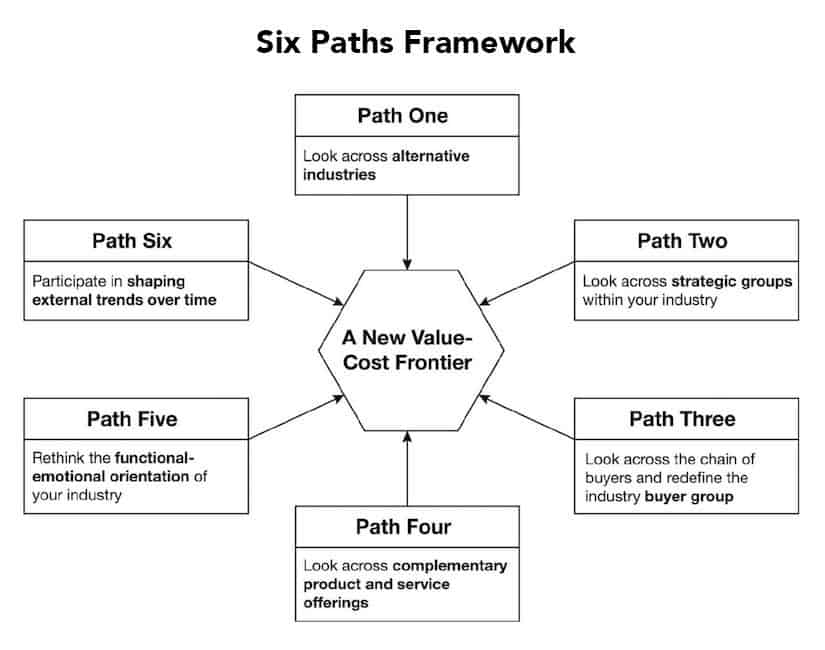
© Chan Kim & Renée Mauborgne, Blue Ocean Shift: Beyond Competing – Proven Steps to Inspire Confidence and Seize New Growth.
In the case of Estonia, let’s take a closer look at path six: shaping external trends over time. External trends affect every industry over time. The aim of path six is to help organizations shape external trends rather than merely respond and adapt to them. Looking across time, Estonia identified the trends of digitization and globalization, opening itself up to the world to access international markets and develop its economy. The country has since transformed itself into a thriving digital and entrepreneurial society. Estonia was home to Skype before it sold for $8.5 billion and has the most start-ups per capita in Europe. It has become a model for advanced nations trying to learn from e-Estonia.
E-Estonia services: from post-Soviet nation to the digital republic
Through a mass adoption of digital technology, e-Estonia – a movement by the government of Estonia to improve citizen interactions with the state through the use of electronic solutions – was born. E-Estonia revolutionized public service, offering over 3,000 fast and easily accessible e-services. With e-Government, people can fill in long and frustrating government paperwork online in a matter of minutes. Another popular service, e-Business, allows people to start a business from the comfort of their own homes in less than 20 minutes and operate it remotely.
E-School offers digitized education. Children can do schoolwork and parents can closely monitor their progress online. Estonians use the e-Health system, one of the most successful in the world, to do check-ups, speak to doctors and access personal health data. Seventy percent of Estonian health records are online and 98% of prescriptions are done online.
Estonia e-residency: digital residency and business without borders
To transform a small domestic-driven economy into a global one, e-Estonia also opened up the country to the noncustomers of its e-Residency program – the rest of the world. People anywhere in the world can become electronic residents of Estonia, and access the wide range of e-services on offer. Essentially, Estonia opened itself up for the world to access its markets and contribute to its economy.
With Estonia’s e-residency card, anyone can open a bank account, start and operate a business in Estonia at a distance. E-Estonia created ideal conditions for location-independent online businesses, saving time and administration costs. Hiring local directors or representatives isn’t necessary, and most of the paperwork can be done online like declaring taxes or digitally signing documents.
For less than €200, e-residents can work with virtual office providers in Estonia to establish a company with a legal Estonian address. The company can then also access funding opportunities in the EU. The companies enjoy 0% company income tax until distributions are made. And even distributed profits are taxed at 14-20%, which is relatively low compared to starting a business in other EU countries.
Since its launch in 2015, over 17,000 foreigners have become Estonia e-residents, creating approximately 1,000 new businesses. These businesses can buy and sell from the whole of the European market using their e-Residency card. After the Brexit vote, UK entrepreneurs Ellenor McIntosh and Alborz Bozorgi and winners of the Mayor of London’s 2017 Entrepreneur competition, took up e-residency to keep their company, Twipes, inside the EU’s single market. The government of Estonia plans to increase the number of card-holders to 10 million people by 2025, which is eight times Estonia’s population.
Chan Kim & Renée Mauborgne’s blue ocean approach of pursuing differentiation and low cost
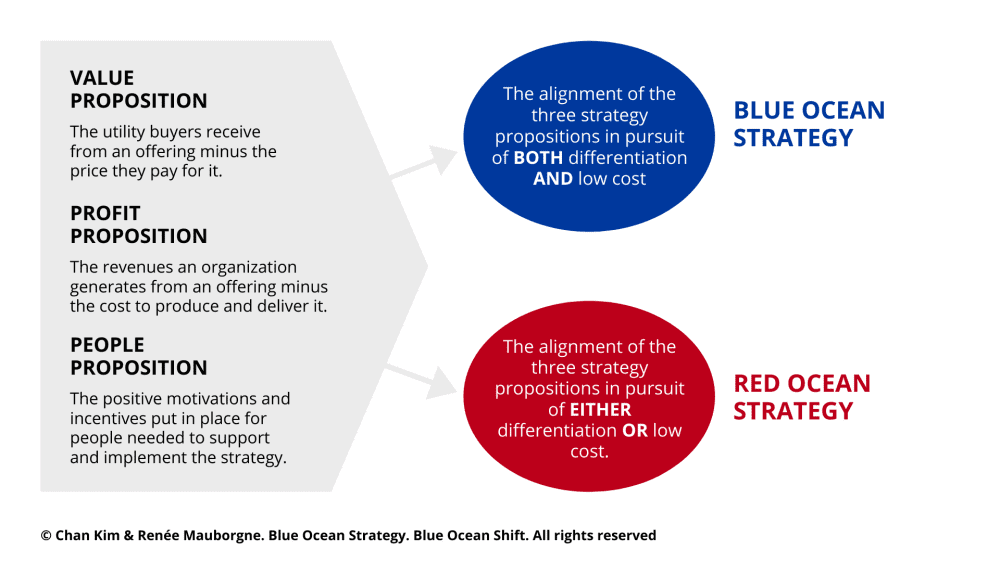
Estonia took a blue ocean approach, pursuing both differentiation and low cost, and offering a leap in value to its citizens and entrepreneurs around the world. To achieve this, Estonia aligned value, budget and people propositions of the e-Residency program.
1. Value proposition
Foreigners can access all 3,000 e-services available to Estonians, start a business in Estonia and trade with the rest of Europe, without leaving their home countries. Estonians can access more goods and services and the program has expanded Estonia’s reach around the world.
2. Budget proposition
Before deciding to offer its e-services to the rest of the world, the IT infrastructure had already been in place. The government used the existing technology to maximize its outreach and attract foreign business. E-Residency cards cost as little as €1 each to the government.
3. People proposition
National leaders from around the world, including Germany’s Chancellor Angela Merkel and Japan’s Prime Minister Shinzo Abe, became e-Residents after hearing of the initiative. Major global media outlets like The Wall Street Journal and The Guardian found the Estonia’s e-residency concept so fascinating that they wrote several articles about it, describing the benefits and how innovative it is. By simultaneously pursuing differentiation and low cost, Estonia created so much value for its citizens and foreign entrepreneurs that politicians and the media became ambassadors for e-Estonia, creating free publicity.
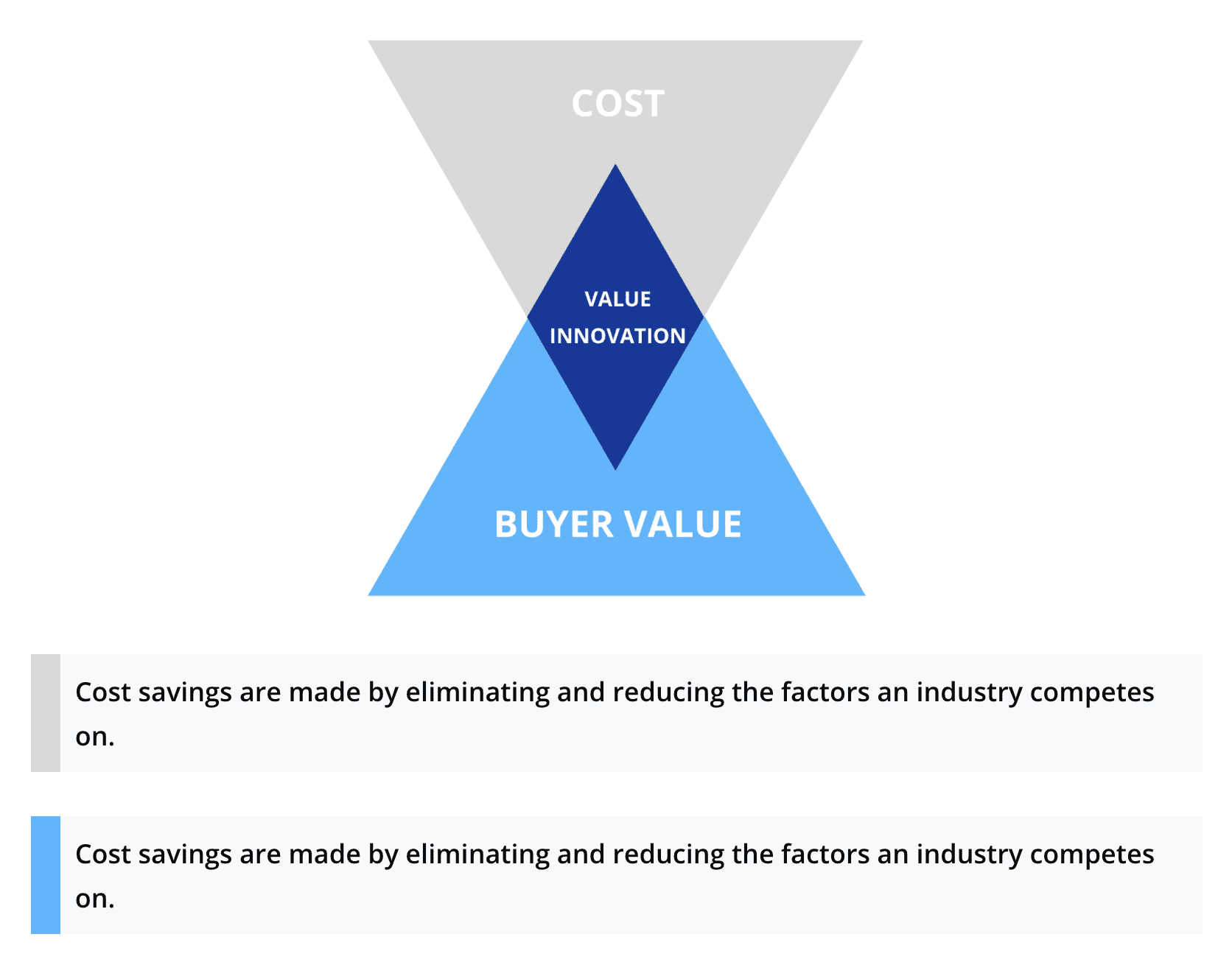
© Chan Kim & Renée Mauborgne, Blue Ocean Shift: Beyond Competing – Proven Steps to Inspire Confidence and Seize New Growth.
Estonia eliminated and reduced the administrative burden and red tape while raising and creating convenience and speed, to make a blue ocean shift. As for the future, Estonia understands all too well that value innovation – creating a leap in value for buyers and the company or in this case, citizens and the government, through differentiation and low cost – isn’t a static achievement, but a dynamic process.









